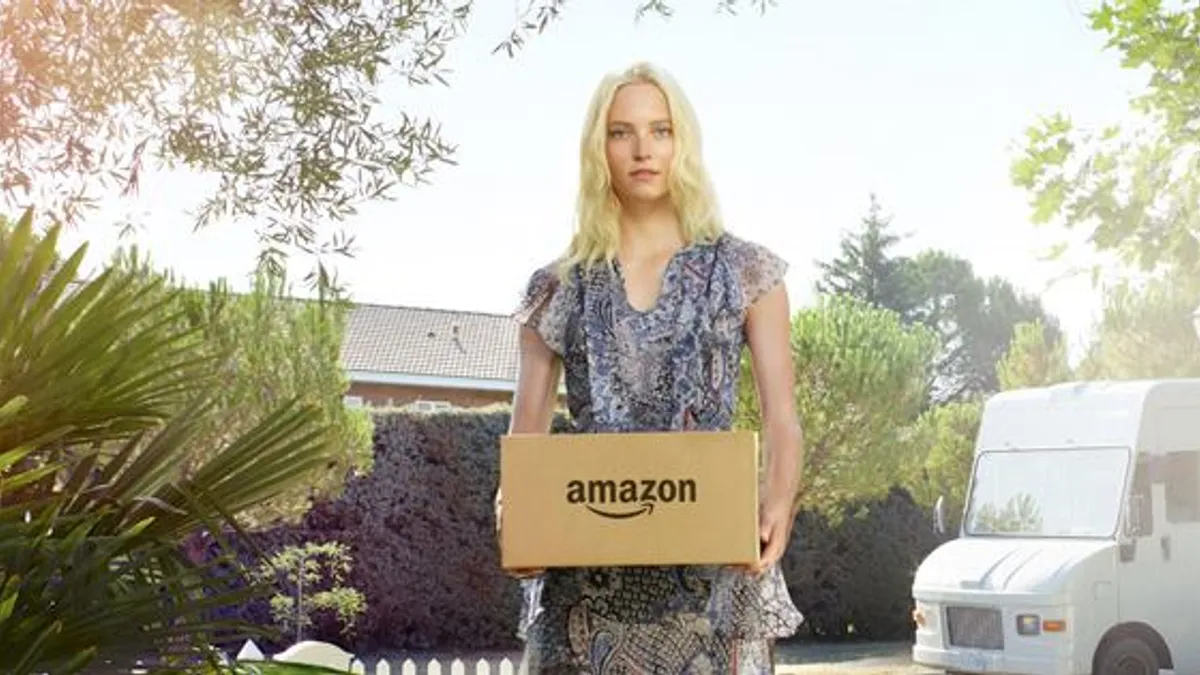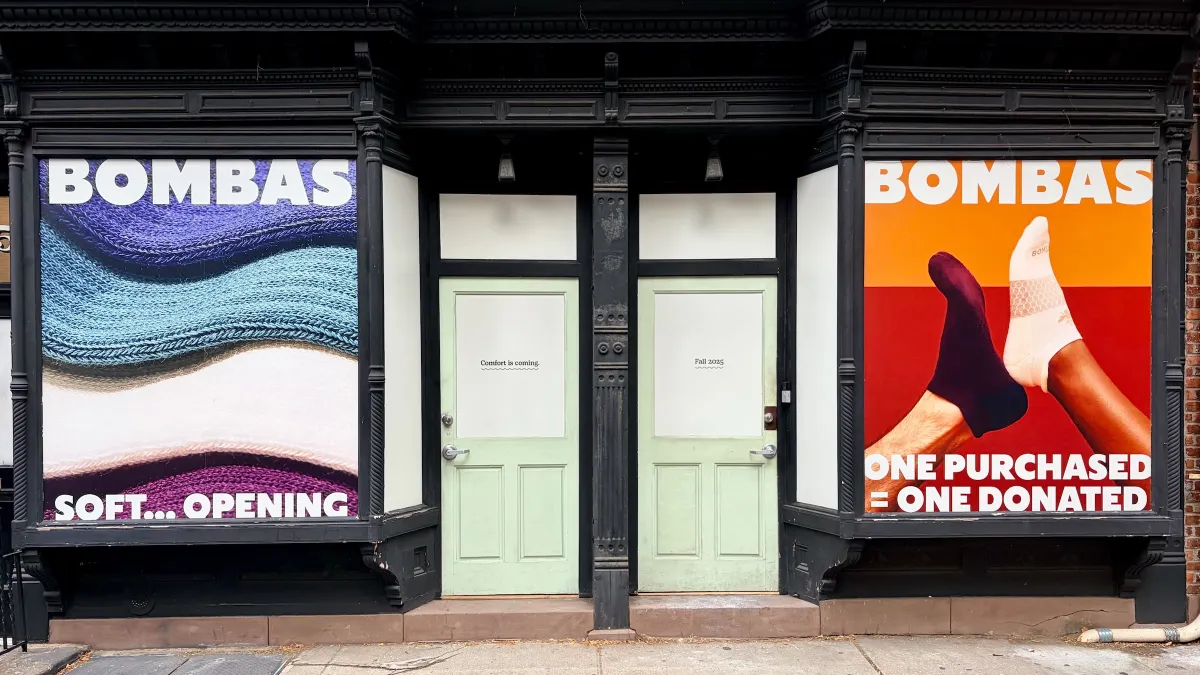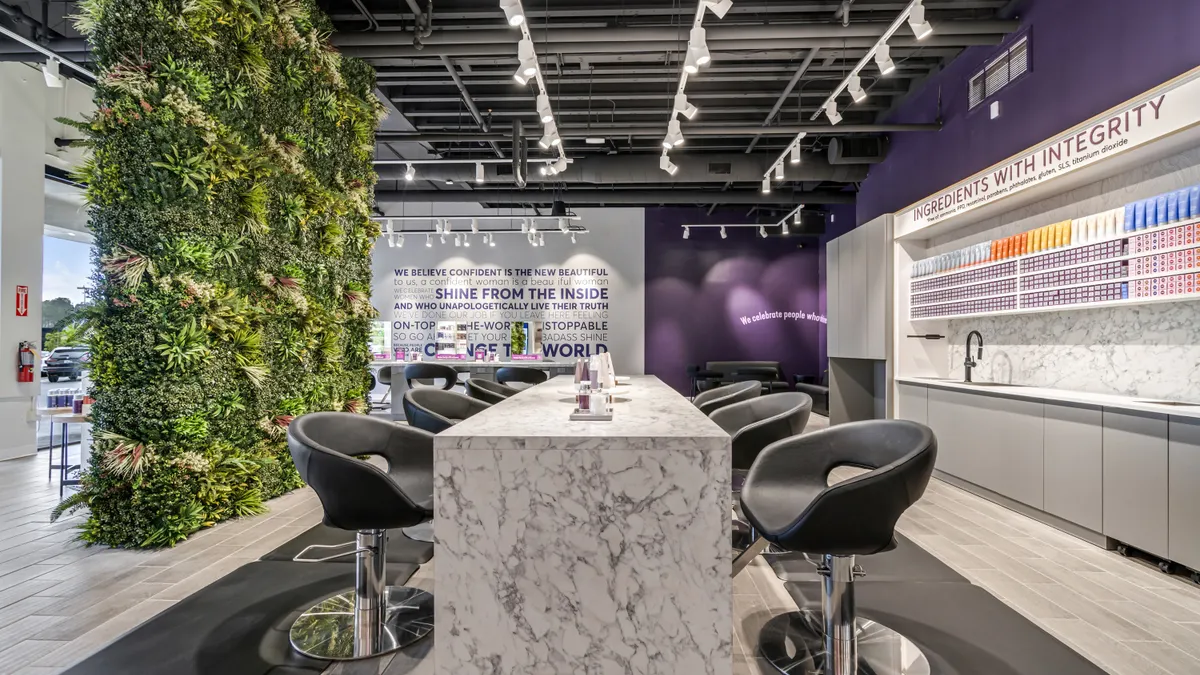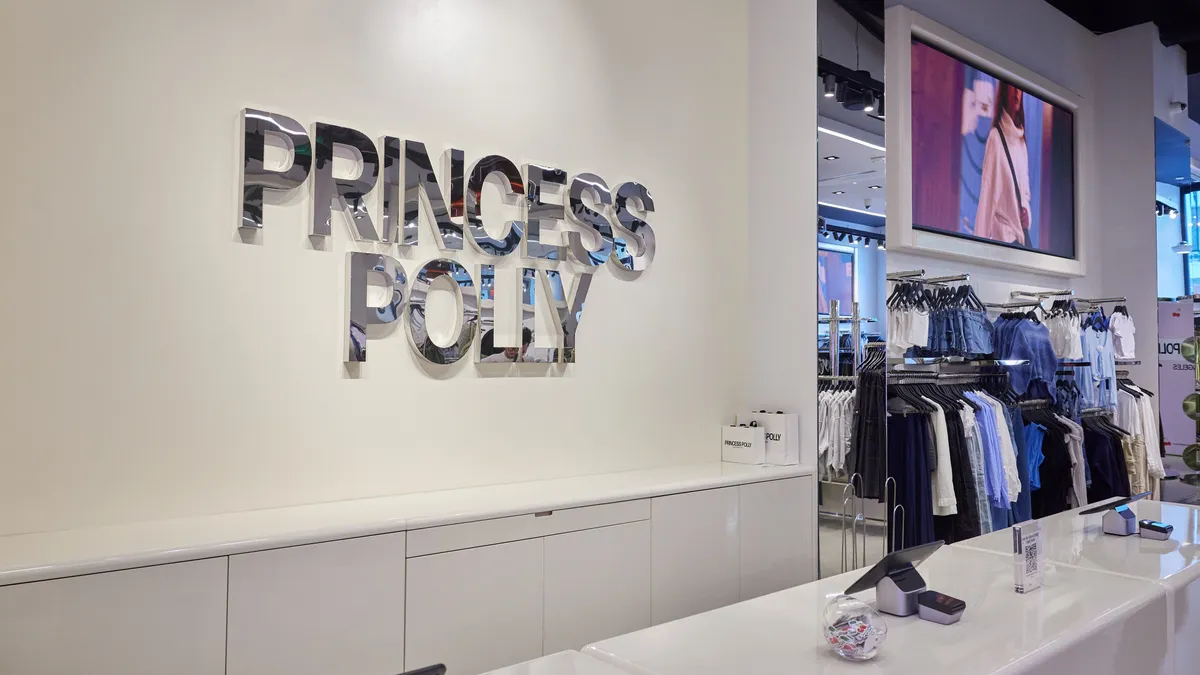Editor's note: The following is a guest post from Neil Stern, partner at McMillanDoolittle, a Chicago-based retail consulting firm.
Amazon just had another incredibly successful Prime Day. Estimates put sales at more than $1 billion with a decided focus on furthering the growth and strength of their ecosystem. The day may be over, but there are still lessons to be learned and strategies to consider as competing with Amazon is now a must for most retailers.
The online retailer's growth is being driven by that of Amazon Prime, which now reportedly has half of American households. Add to that the rapid penetration of Alexa driven artificial intelligence (AI) devices, which sold at seven times the rate of last year’s Prime Day and not only is Amazon building sales, they are strengthening their ecosystem.
Amazon has also announced deals to sell Nike on their site and Kenmore appliances, which will be equipped with Alexa AI. Oh, and they’re buying Whole Foods, which is perhaps just a starting point for the rapid growth of brick and mortar.
Many retailers are quick to declare, “It’s just a flesh wound” when discussing their battle with Amazon, a reference to King Arthur’s battle with the Black Night in Monty Python’s Holy Grail. But we believe the situation is more dire than that and the flesh wounds are quickly turning fatal.
The following chart on stock market value from Yahoo Finance comparing retailer performance from 2006 to 2016 kind of says it all:
Only one retailer even maintained their market cap value and that was Walmart, which had to add $170 billion in sales just to stay even (yes, you read that right. Walmart added more sales than Amazon’s total revenue while barely increasing their market cap). And note that Amazon’s market cap is worth more than all of those retailers combined!
So now what? Amazon clearly has significant momentum in just about every aspect of the business. They are a chess player that is playing several moves ahead of their competition. We offer the following thoughts as to what traditional retailers need to be doing today. Right now.
1. Traditional brick and mortar is not dead but in desperate need of reinvention.
The sad fact on the state of current U.S. retailing is that it's not very good. Retailers are not offering enough of a differentiated experience or differentiated product mix to make it worth showing up for. If we accept the basic premise that it is easier (and perhaps less expensive) to buy product on-line, there had better be a reason to show up in a store.
Take, for example, my last visit to Banana Republic and Bonobos. Banana Republic promised me big discounts to get me through the door. Once inside, there was poor customer service outside of a greeter, a disorganized store experience, cluttered and uninspired displays. I walked out after 15 frustrating minutes and walked into Bonobos. There, an engaging salesperson quickly found the right size for me try-on, it was easy to see what they had because of the showroom environment, and products showed up at my door two days later along with personalized follow-up from my salesperson. It was a very different, but fully engaging experience. I was able to confirm sizing and it was easy to engage later on-line for follow-up purchases.
Retailers need to up the ante — they are not simply losing business to Amazon and other on-line players — they are handing it to them on a platter.
2. There are significant pockets of winners. Value, convenience, discovery and experience are all places to play.
Look at who’s still growing store bases and comp store sales — these retailers are highly likely to fall into one of the categories above. While e-commerce will grow, there are plenty of reasons to show up at a brick-and-mortar store.
Dollar stores and hard discount food stores are winning, suggesting that a combination of value and convenience still work well. The discovery and value elements of Costco or T.J. Maxx still resonate with consumers, and the treasure hunt environment remains difficult to replicate on-line. Top comp-store performers include West Elm, Lululemon and Ulta. While obviously in different categories, all three seem to be getting the blend of product, discovery and experience right.
3. Omnichannel, seamless retailing, bricks and clicks… whatever you call it, get after it!
We are long past the debate of the necessity to offer customers products wherever and whenever they want it. However, very few retailers are doing this well. The processes and experiences remain clunky and disjointed. Physical retailers must embrace digital retailing as a means to further their presence online, drive traffic into the stores and create better customer experiences. This means shattering, quickly, the barriers (organizationally, systems, culture) that exist between channels. Walmart finally seems to be getting this right, deploying some of their massive capital reserves towards making online and offline work together while leveraging the store base as a competitive advantage.
We are well past discussion on these topics. While Amazon will continue to be a clear winner, the question now becomes, who is poised to join them? Retailers must move from being Prime Day victims to prime time opportunists.





















